Preparing for a successful track and field season begins well before the first starting gun fires, making comprehensive preseason training programs essential for any track and field athlete aiming to enhance their performance.
This guide is designed to boost your strength, speed, flexibility, and endurance, setting the foundation for an explosive start. Whether you’re sprinting down the track or launching into a jump, integrating the right exercises can significantly elevate your training regimen.
Key Takeaways
- Build explosive power: This program focuses on exercises that enhance speed, strength, and acceleration, giving you a competitive edge when the season starts.
- Balance strength and mobility: Combining strength training with flexibility work helps improve your overall performance and reduces the risk of injury.
- Train smarter, not harder: The program incorporates strategic exercises using tools like the NordBench and OmniBands to maximize results without overtraining.
By focusing on the specialized needs of track and field athletes, this program can help you build the vital attributes necessary for success on the field.
Key Components of Preseason Training
Physical Demands of Track and Field
Track and field athletes face unique physical demands that vary significantly across different events like sprinting, jumping, and throwing.
Sprinters require rapid acceleration and explosive power to achieve peak speed quickly, while a field athlete, such as a jumper or thrower, needs a blend of speed, strength, and flexibility to maximize their performance. Jumpers, such as long and high jumpers, need a blend of speed, strength, and flexibility to maximize their leap distances.
Throwers focus on upper body and core strength for optimal momentum in shot put or javelin events. Each of these activities demands a distinct set of muscular and cardiovascular attributes. Consequently, a well-rounded preseason training program must address these varied needs by incorporating targeted strength routines, speed drills, and flexibility exercises.
This balanced approach not only enhances specific skills but also minimizes the risk of injury, allowing athletes to maintain peak performance throughout the field season. By understanding these demands, athletes can tailor their training plan to meet the specific requirements of their chosen events.

Balanced Training Program Essentials
A balanced training program is crucial for track and field athletes aiming to meet the diverse demands of their sport. Such a program typically includes four key components: strength training, speed training, flexibility exercises, and endurance building.
Strength training focuses on developing power in key muscle groups, enhancing performance in sprints and jumps. Speed training involves drills that improve acceleration and top speed, crucial for competitive track events.
Flexibility exercises are essential for injury prevention and optimal movement efficiency, allowing athletes to perform at their best in a variety of motions.
Endurance building ensures athletes have the stamina to maintain performance levels throughout competitions.
By integrating these elements, athletes can create a comprehensive training plan that targets all aspects of physical fitness. Additionally, using tools like the Nordbench and Omniband Pro can further enhance training effectiveness, helping athletes to push their limits while maintaining balance and control.
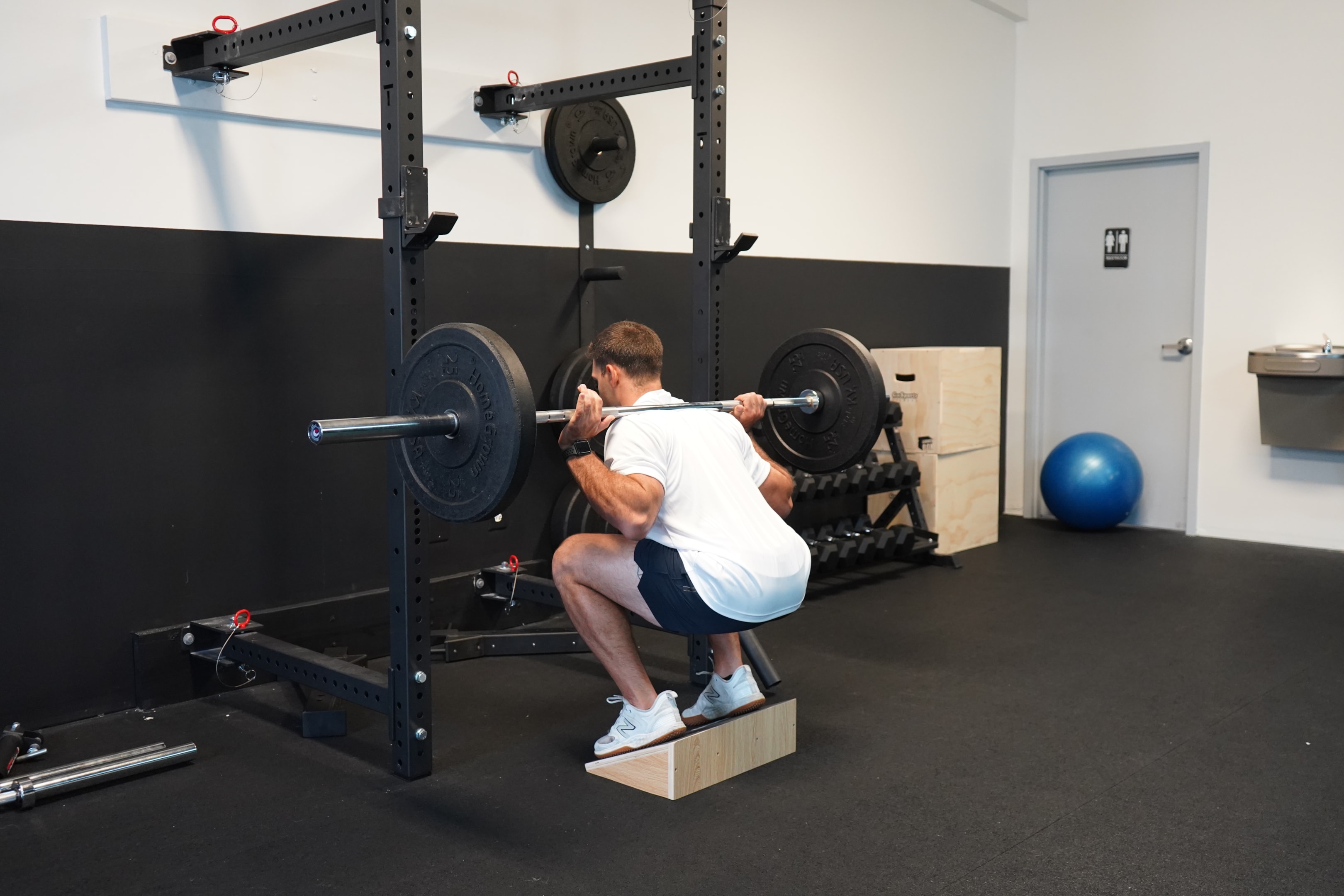
Your Training Tools
Selecting the right training tools can significantly enhance a track and field athlete’s preseason preparation.
The Nordbench offers a multifunctional platform perfect for strength exercises such as Bulgarian split squats and back extensions.
The Multi Slider is an adaptable device that combines the functions of an ab wheel, push-up board, and fitness slider. It is ideal for speed and agility drills, lateral slides, and other dynamic movements that improve quickness and balance.
The Nordstick Banded Pro is excellent for resistance training, particularly beneficial for sprinters who want to boost explosive power through banded sprints.
The Omniband Pro supports flexibility and mobility routines, which are essential for preventing injuries and enhancing range of motion.
These tools are designed for athletes to use at home or on the go, ensuring consistent progress regardless of location.

Preseason Track and Field Training Program
You can find video tutorials on the main exercises as you scroll down.
Workout A: Strength Training
Warm-Up: 10-15 Minutes
-
Dynamic Stretching (5 minutes):
-
Leg Swings (Forward & Lateral) – 2 x 15 each leg
-
Arm Circles – 2 x 15 each direction
-
Hip Circles – 2 x 10 each direction
-
-
Mobility Drills (5 minutes):
-
World's Greatest Stretch – 2 x 5 each side
-
Cat-Cow Stretch – 2 x 10 reps
-
Bodyweight Squats – 2 x 15 reps
-
-
Activation Drills (5 minutes):
-
Glute Bridges – 2 x 15 reps
-
Band Pull-Aparts – 2 x 20 reps
-
High Knees – 2 x 20 seconds
-
Main Workout:
-
Split Squats
-
Sets: 4
-
Reps: 8-10 each leg
-
Rest: 60-90 seconds between sets
-
Notes: Focus on depth and control.
-
-
Face Pulls
-
Sets: 3
-
Reps: 12-15
-
Rest: 60 seconds
-
Notes: Emphasize squeezing the shoulder blades together.
-
-
W's and Y's
-
Sets: 3
-
Reps: 12 each
-
Rest: 60 seconds
-
Notes: Perform slowly, focusing on form.
-
-
Ab Wheel Rollouts
-
Sets: 3
-
Reps: 8-10
-
Rest: 60-90 seconds
-
Notes: Keep your core engaged throughout.
-
-
Curtsy Lunges
-
Sets: 3
-
Reps: 10-12 each leg
-
Rest: 60 seconds
-
Notes: Focus on balance and control.
-
-
Plank to Pikes
-
Sets: 3
-
Reps: 12-15
-
Rest: 60 seconds
-
Notes: Move slowly between plank and pike positions, engaging your core.
-
-
Thread the Needle
-
Sets: 3
-
Reps: 8-10 each side
-
Rest: 60 seconds
-
Notes: Focus on twisting through the thoracic spine.
-
Cool Down: 5-10 Minutes
-
Static Stretching:
-
Hamstring Stretch – 2 x 30 seconds each leg
-
Hip Flexor Stretch – 2 x 30 seconds each side
-
Shoulder Stretch – 2 x 30 seconds each arm
-
-
Deep Breathing and Relaxation: 2-3 minutes of deep diaphragmatic breathing to promote relaxation and recovery.
Workout B: Speed and Agility Training
Warm-Up: 10-15 Minutes
-
Dynamic Stretching (5 minutes):
-
High Knees – 2 x 20 seconds
-
Butt Kicks – 2 x 20 seconds
-
Arm Swings (Forward & Backward) – 2 x 15 each direction
-
-
Mobility Drills (5 minutes):
-
Hip Openers – 2 x 10 each leg
-
Walking Lunges with Twist – 2 x 10 each side
-
Lateral Leg Swings – 2 x 15 each leg
-
-
Plyometric Drills (5 minutes):
-
Jumping Jacks – 2 x 20 seconds
-
Skips for Height – 2 x 15 seconds
-
Quick Feet Drills – 2 x 20 seconds
-
Main Workout:
-
Lateral Slides
-
Sets: 4
-
Duration: 20-30 seconds each set
-
Rest: 60-90 seconds between sets
-
Notes: Perform in a controlled manner, staying low and focusing on quick, lateral movement.
-
-
Sled Sprints
-
Sets: 4
-
Distance: 20-30 meters
-
Rest: 2-3 minutes between sets
-
Notes: Focus on powerful, explosive strides.
-
-
Nordic Curls
-
Sets: 3
-
Reps: 6-8
-
Rest: 90 seconds
-
Notes: Control the eccentric phase as much as possible.
-
Cool Down: 5-10 Minutes
-
Static Stretching:
-
Quadriceps Stretch – 2 x 30 seconds each leg
-
Calf Stretch – 2 x 30 seconds each leg
-
Lower Back Stretch – 2 x 30 seconds
-
-
Foam Rolling: 5 minutes on major muscle groups (quads, hamstrings, calves)
-
Deep Breathing and Relaxation: 2-3 minutes of deep diaphragmatic breathing.
Weekly Schedule Recommendation
-
Monday: Workout A - Strength Training
-
Wednesday: Workout B - Speed and Agility Training
-
Friday: Workout A - Strength Training
-
Saturday: Workout B - Speed and Agility Training
This balanced approach ensures that you build the necessary strength and agility for optimal performance in your track and field events.
Strength Training Exercises for Explosive Power
Bulgarian Split Squats
We selected Bulgarian Split Squats as they are indispensable for developing lower body strength and explosive power, which are critical for track and field athletes. These squats specifically target the quadriceps, glutes, and hamstrings, which are essential for gaining that initial burst of speed and maintaining control during sprints and jumps.
By using the Nordbench to enhance stability and ensure correct form, athletes improve single-leg balance, a key factor in perfecting sprinting techniques and jumping events. The progression in resistance or repetitions with these squats aligns directly with the athlete’s need for continuous improvement in strength and power, ultimately translating to improved field performance.
Face Pulls, W's, and Y's
Face Pulls, W's, and Y's were chosen because they directly enhance shoulder and upper back strength, which is vital for balanced muscle development and optimal posture. These exercises are crucial in track and field as strong shoulders contribute to powerful arm swings during sprints and refine throwing techniques.
By incorporating the Nordstick Banded Pro, athletes can customize resistance to suit their current level, thereby optimizing the training for enhanced arm drive and stability. This ensures that athletes maintain control and efficiency during their events, leading to superior performance.
Ab Wheel Rollouts, Curtsy Lunges, Plank to Pikes, and Thread the Needle
These exercises were included due to their capacity to boost core stability, lower body strength, flexibility, and overall athletic agility, all indispensable for track and field success.
Ab Wheel Rollouts enhance core endurance, allowing athletes to maintain stability during powerful sprints and dynamic jumps.
Curtsy Lunges develop gluteal and quadricep strength, facilitating quick directional changes.
Plank to Pikes improve core and shoulder stability while fostering balance, essential for maintaining efficient energy transfer during high-speed performances.
Thread the Needle boosts thoracic spine mobility and scapular stability, ensuring effective arm movement and upper body mechanics.
The integration of these exercises is designed to enhance muscle coordination, minimize injury risk, and amplify performance on the track.
Speed and Agility Drills
Lateral Slides
Lateral Slides are selected for their ability to drastically improve lateral movement and agility. For track and field athletes, making quick directional changes without sacrificing speed is paramount—particularly in relays and hurdles.
Consistent practice of Lateral Slides strengthens leg muscles and sharpens reaction time, which directly boosts performance in competitive scenarios requiring rapid pace shifts.
Sled Sprints

Sled Sprints are emphasized due to their role in developing explosive speed and power, quintessential traits for sprinters and other track athletes. By introducing resistance through a weighted sled, athletes refine their acceleration phase, a critical component for competitive advantage at race starts.
This drill strengthens the hip flexors, quads, and glutes and perfects running mechanics, leading to improved stride length and frequency. As athletes adapt to increasing sled weights, they continue to enhance their speed and power, ensuring peak performance in their sprint events.
Nordic Curls
Nordic curls are a powerful exercise for enhancing hamstring strength and stability, crucial attributes for track and field athletes looking to improve their performance. Here’s why you should incorporate them into your training:
-
Strengthen Hamstrings: Nordic curls target your hamstrings like no other exercise, helping you build the power needed for explosive sprints and jumps.
-
Injury Prevention: Nordic curls strengthen the hamstrings, reducing the risk of common track and field injuries and allowing you to stay on top of your game.
-
Improved Acceleration: With stronger hamstrings, you'll notice an improvement in your acceleration, helping you to blast off the starting blocks with more force.
-
Better Balance and Control: This exercise enhances muscle control, resulting in better balance and coordination, which is vital for all track and field events.
Adding Nordic curls to your home workout routine empowers you to take strides towards greater performance. They're easy to perform from the comfort of your home with minimal equipment, making them perfect for fitness enthusiasts who prefer flexible training schedules.
Conclusion
To truly excel in an upcoming track and field season, athletes must commit to comprehensive preseason training programs. This preparation involves building strength, enhancing speed and agility, improving flexibility, and increasing endurance.
Leveraging tools like the Nordbench, Multi Slider, Nordstick Banded Pro, Zero Sled, and Omniband Pro significantly boosts training effectiveness, offering versatility for various exercises. These tools are particularly beneficial for home workouts, allowing athletes to stay consistent despite time constraints or location challenges.
Consistency and gradual progression are crucial to maximizing training benefits. Here are some tips to help maintain your regimen amidst a busy schedule:
-
Prioritize and Plan: Dedicate specific time slots each week for training, treating them as non-negotiable appointments.
-
Set Realistic Goals: Break your training objectives into manageable milestones to keep motivation high.
-
Incorporate Variety: Use different tools and exercises to keep workouts engaging and prevent burnout.
-
Focus on Flexibility: Be adaptable with your routines, adjusting the intensity or duration according to your day’s demands.
-
Monitor Progress: Regularly assess your improvements to stay motivated and make necessary adjustments to your training plan.
By following a structured plan and integrating these tips, you are setting yourself up for a season marked by personal bests and competitive success, all while balancing a hectic life schedule. Embrace consistency and progress gradually to achieve peak performance.
FAQs
How should I train for track and field?
Training for track and field requires a strategic approach that targets the specific demands of your event. Begin by identifying the key physical attributes needed, such as speed, strength, endurance, or flexibility. Incorporate a mix of exercises into your routine, including strength training for building explosive power, speed drills for enhancing acceleration, and agility exercises for improving quick directional changes.
Flexibility and mobility work should not be overlooked, as they help prevent injuries and ensure optimal movement mechanics. Tailor your workouts according to your event; sprinters, for instance, might prioritize plyometrics and short-distance interval training, while distance runners focus on aerobic endurance. Additionally, recovery is crucial—balance intense sessions with rest days or lighter workouts to allow your body to adapt and grow stronger. Regularly assess your progress and adjust your workout plans as needed, ensuring you remain on track to achieve your performance goals.
How many hours do track and field athletes train?
Track and field athletes typically train between 10 to 20 hours per week, depending on their specific event, level of experience, and training goals. Sprinters and jumpers might focus more on short, high-intensity sessions, emphasizing speed, power, and technical skills, often spending about one to two hours per session.
In contrast, distance runners often engage in longer training sessions to build endurance, which might include a combination of long runs, interval training, and cross-training activities. It’s essential to incorporate rest and recovery into the schedule to prevent overtraining and reduce the risk of injury.
This balance allows athletes to adapt to the physical demands of their sport while maintaining peak performance. Each athlete’s training plan should be personalized, considering their strengths, weaknesses, and competitive schedule, ensuring they are well-prepared for the demands of the field season. Consistency and gradual progression are key to achieving optimal results.
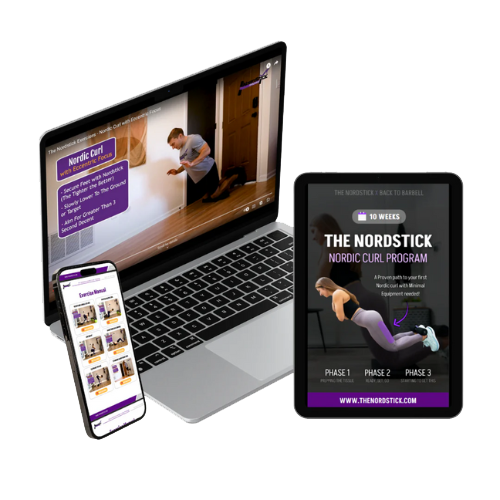


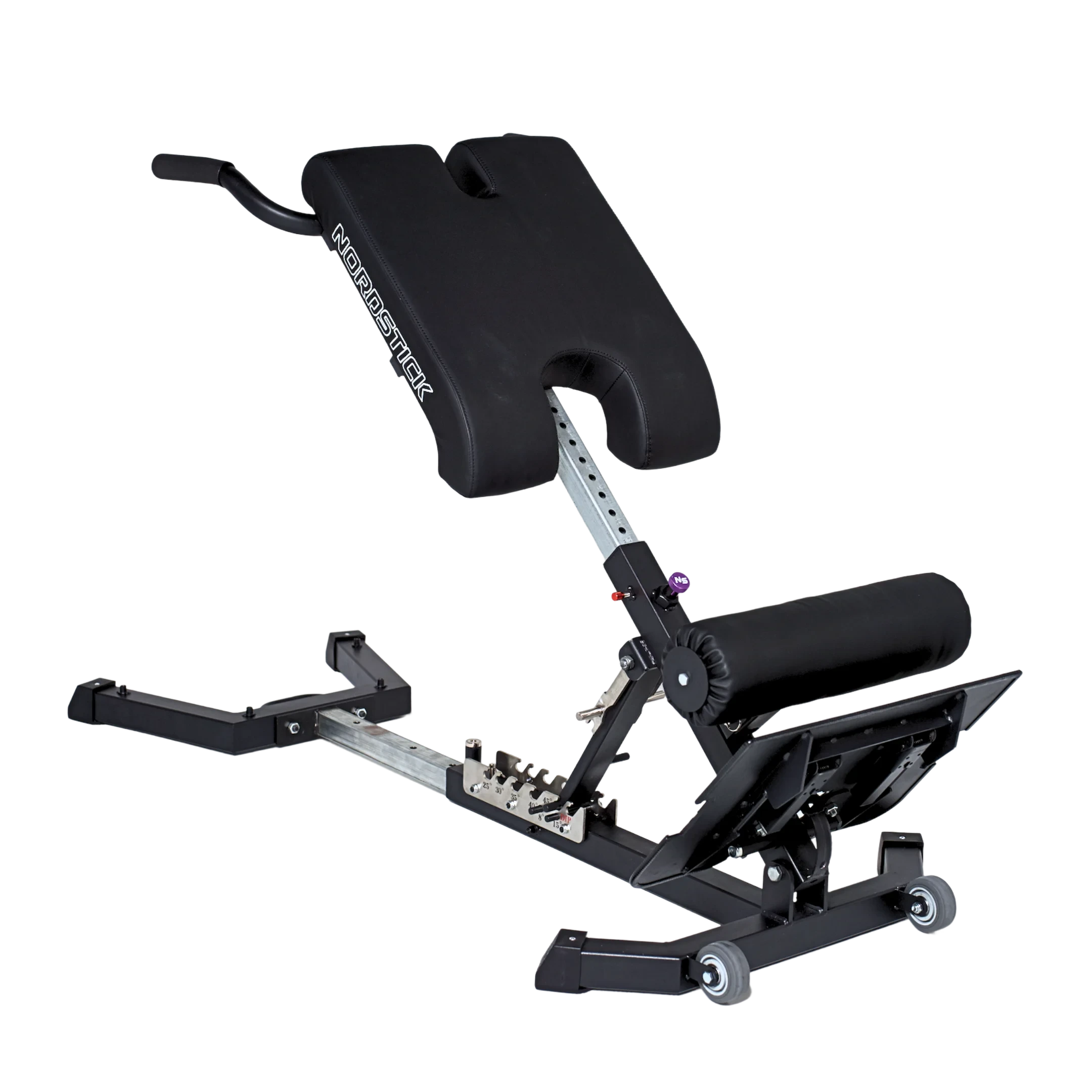
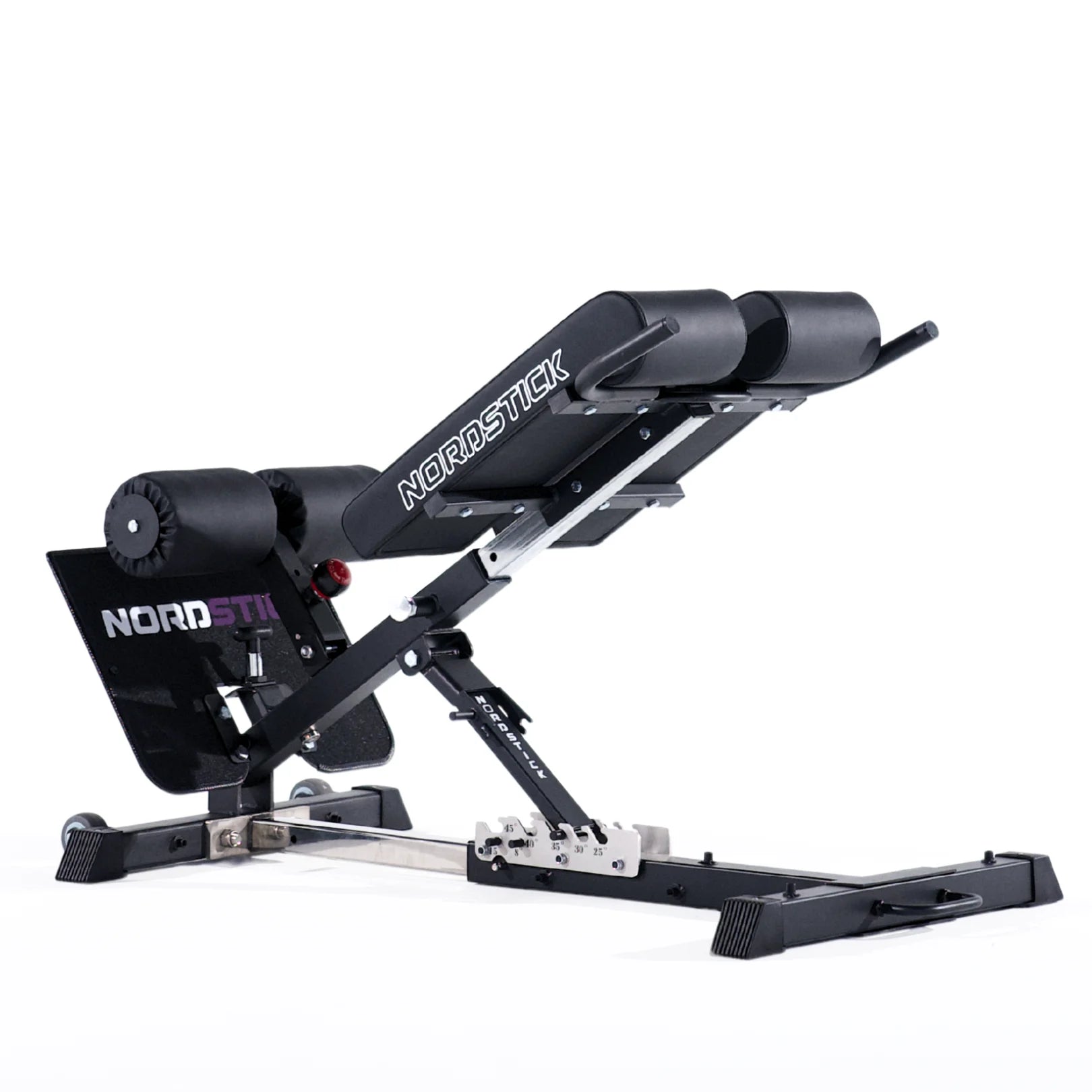





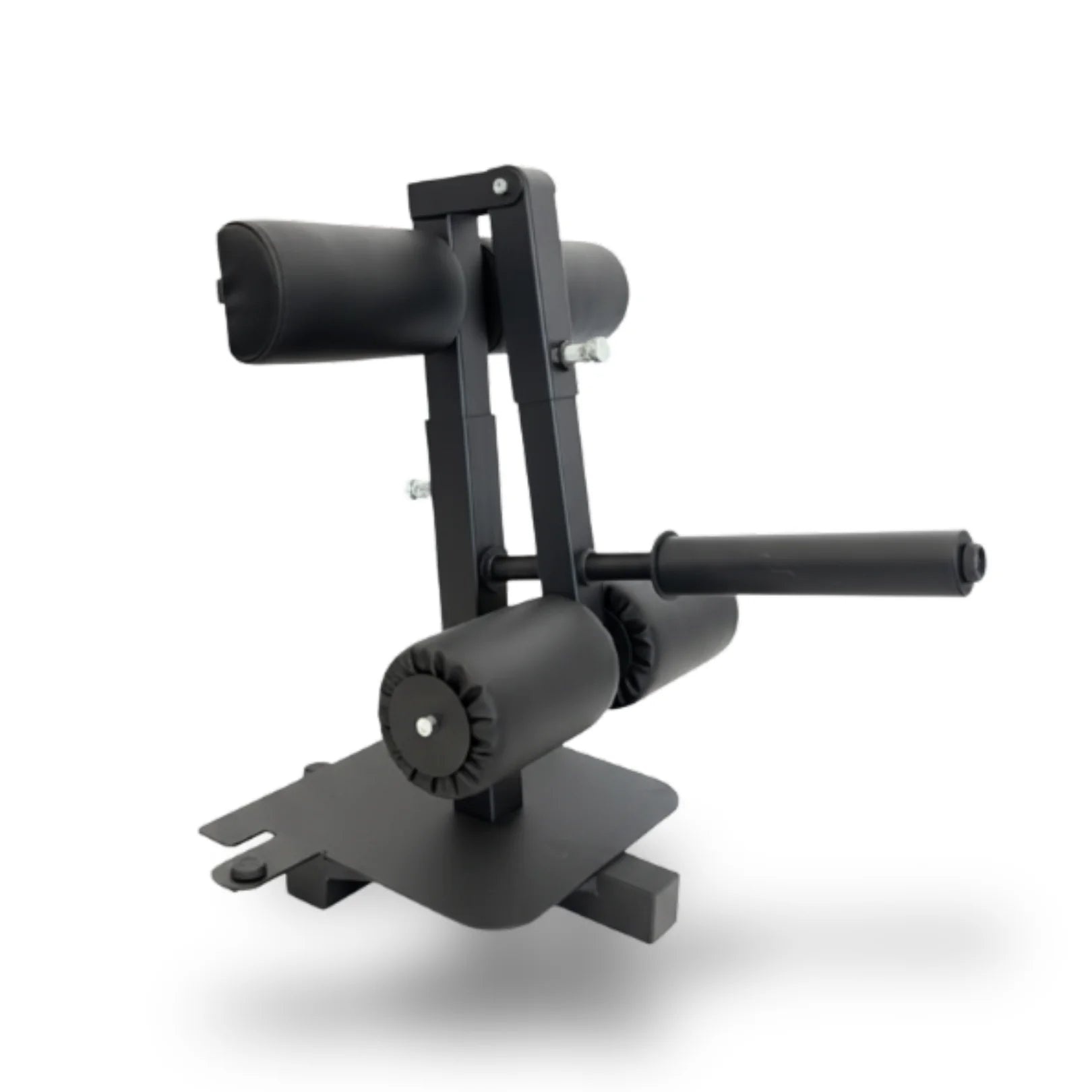
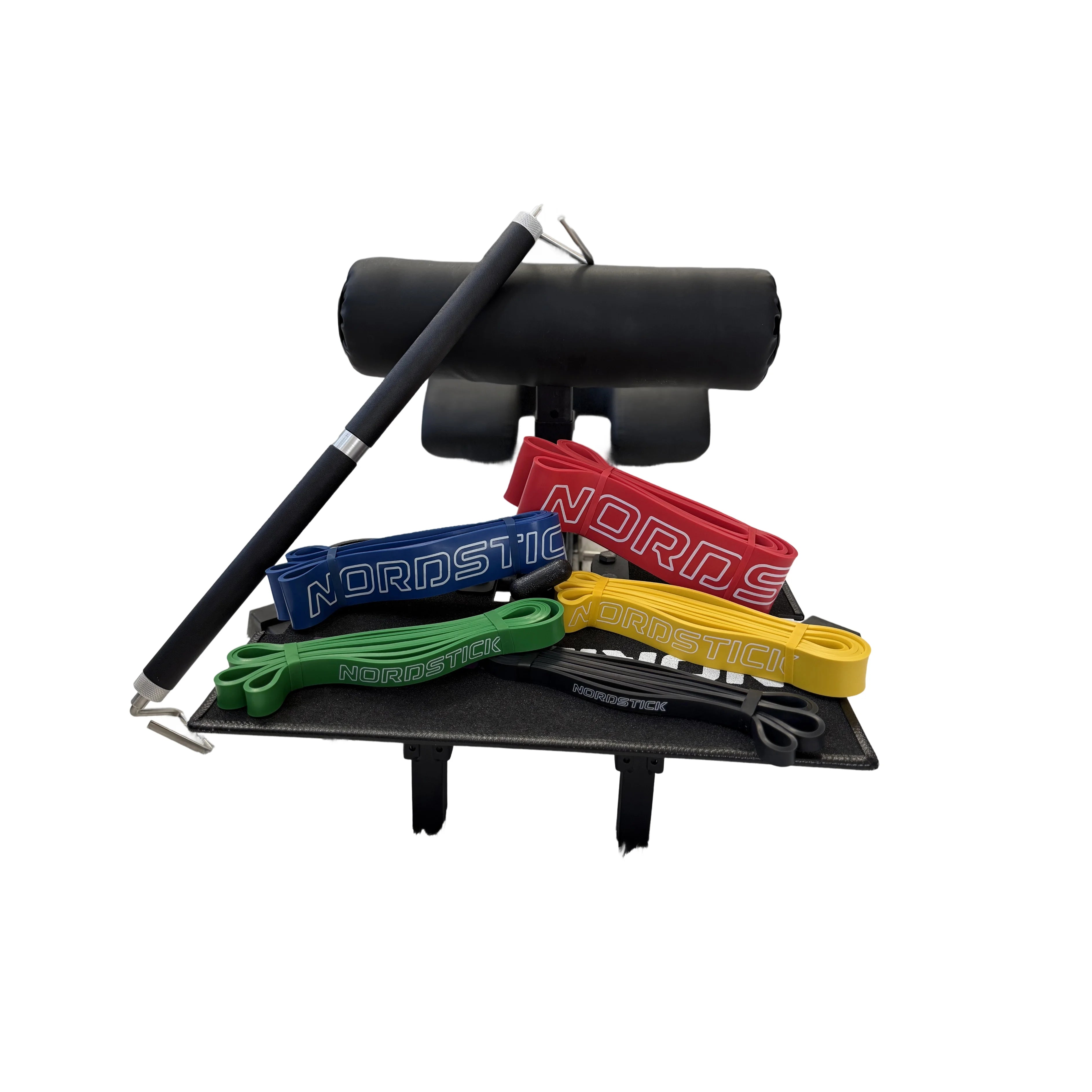
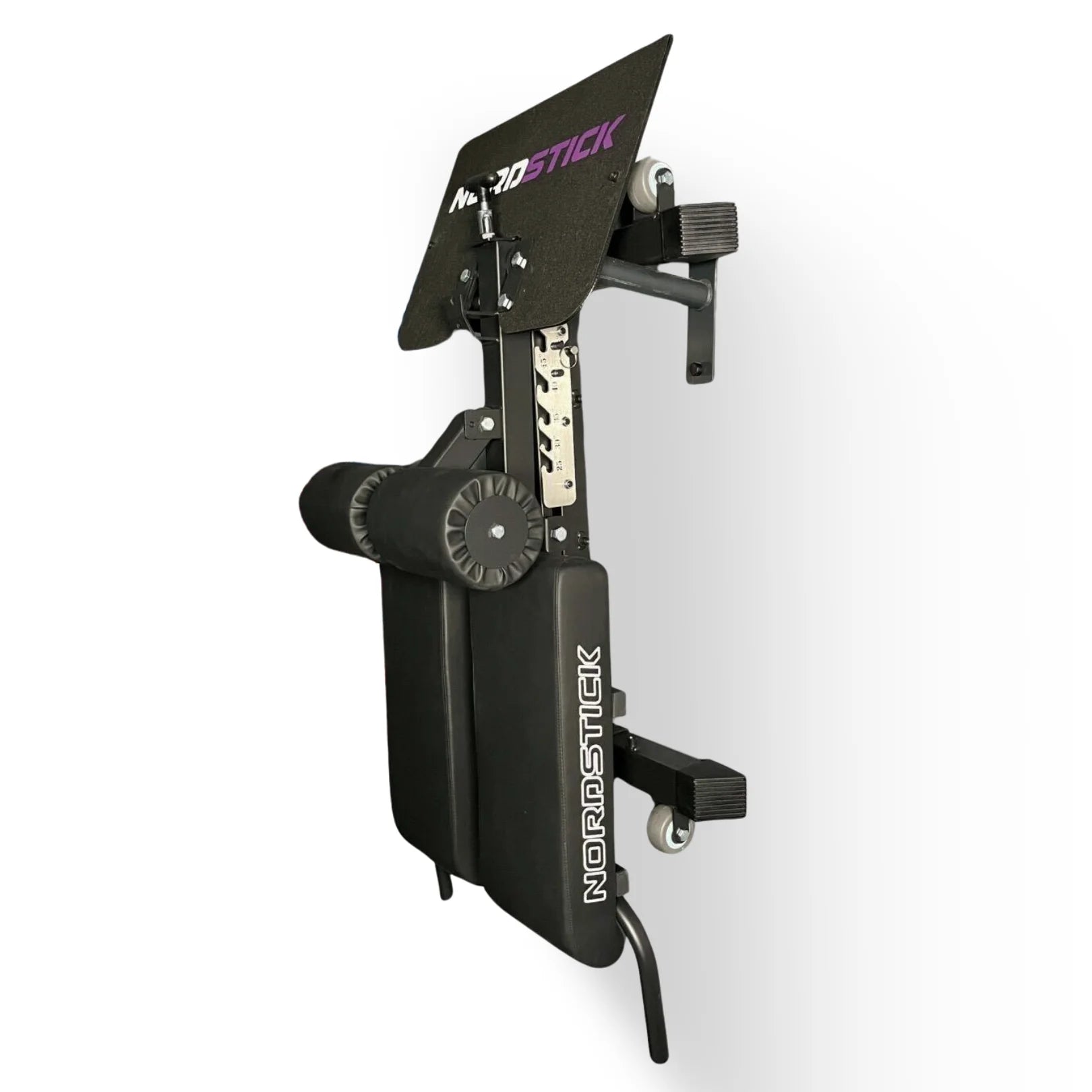
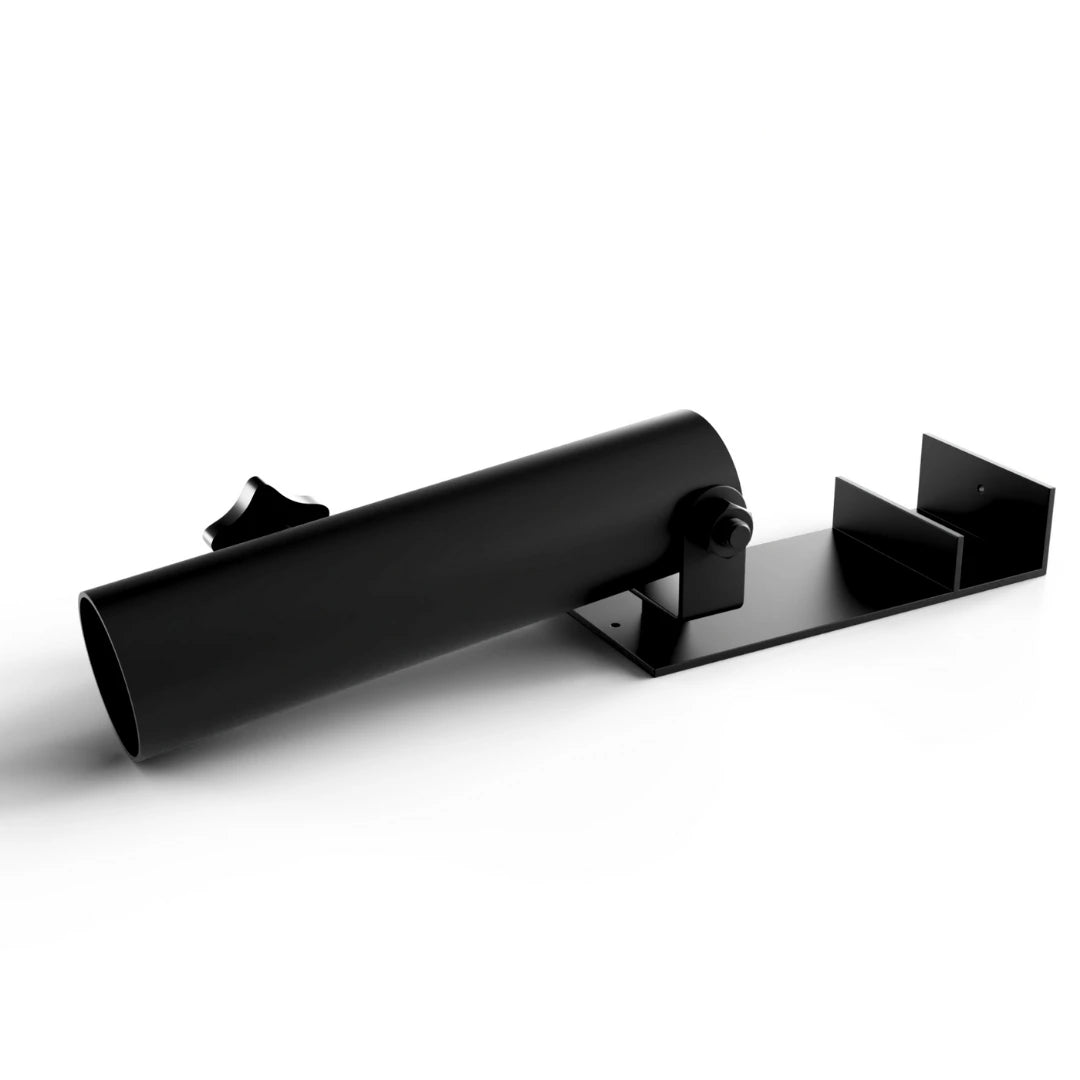
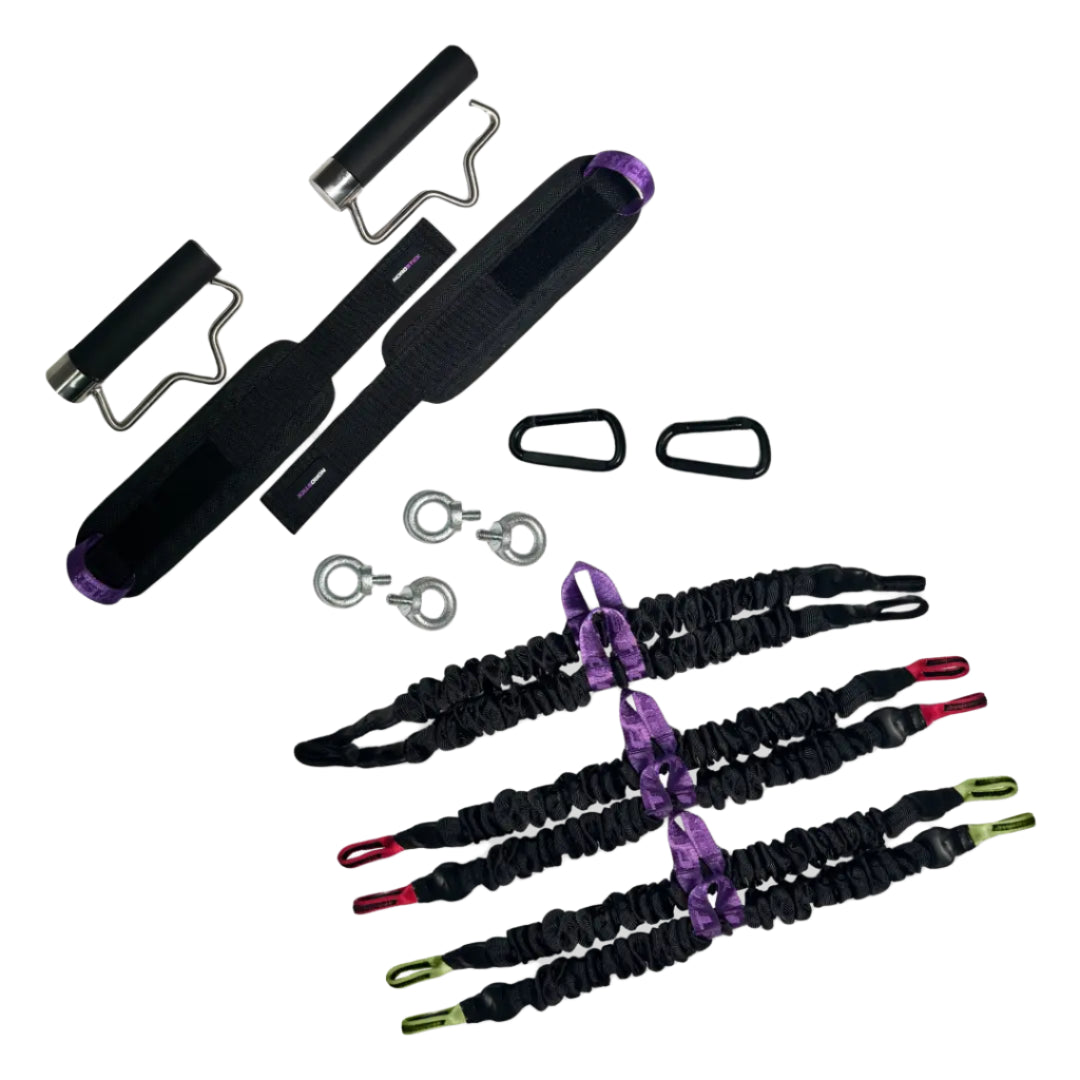
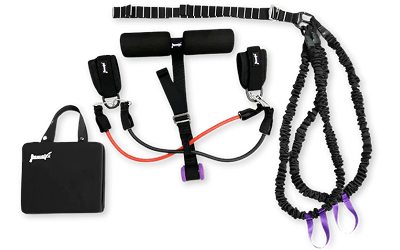
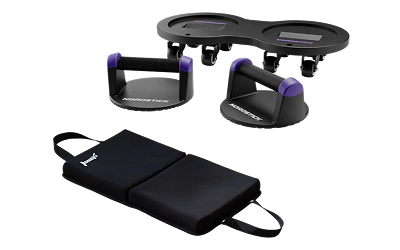
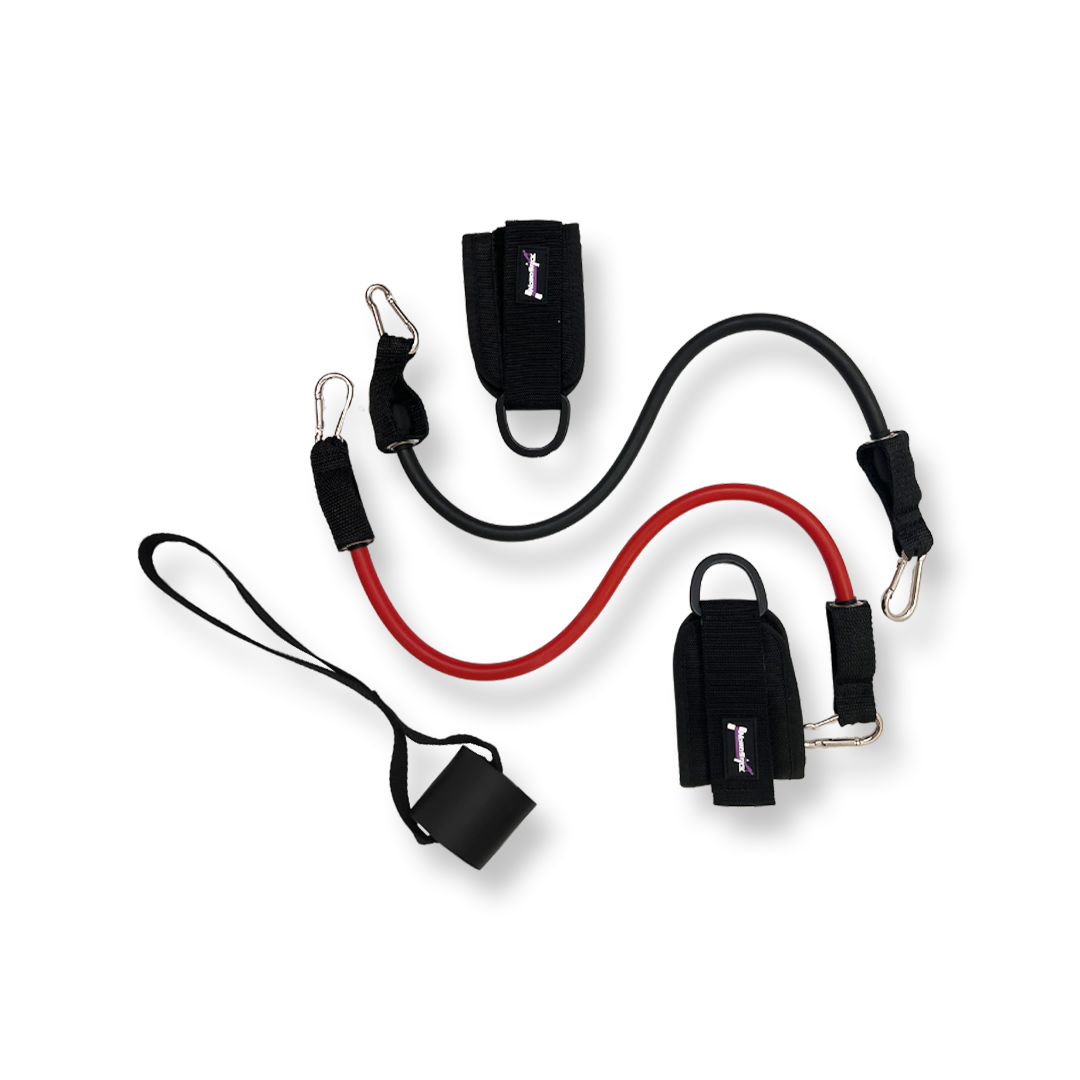
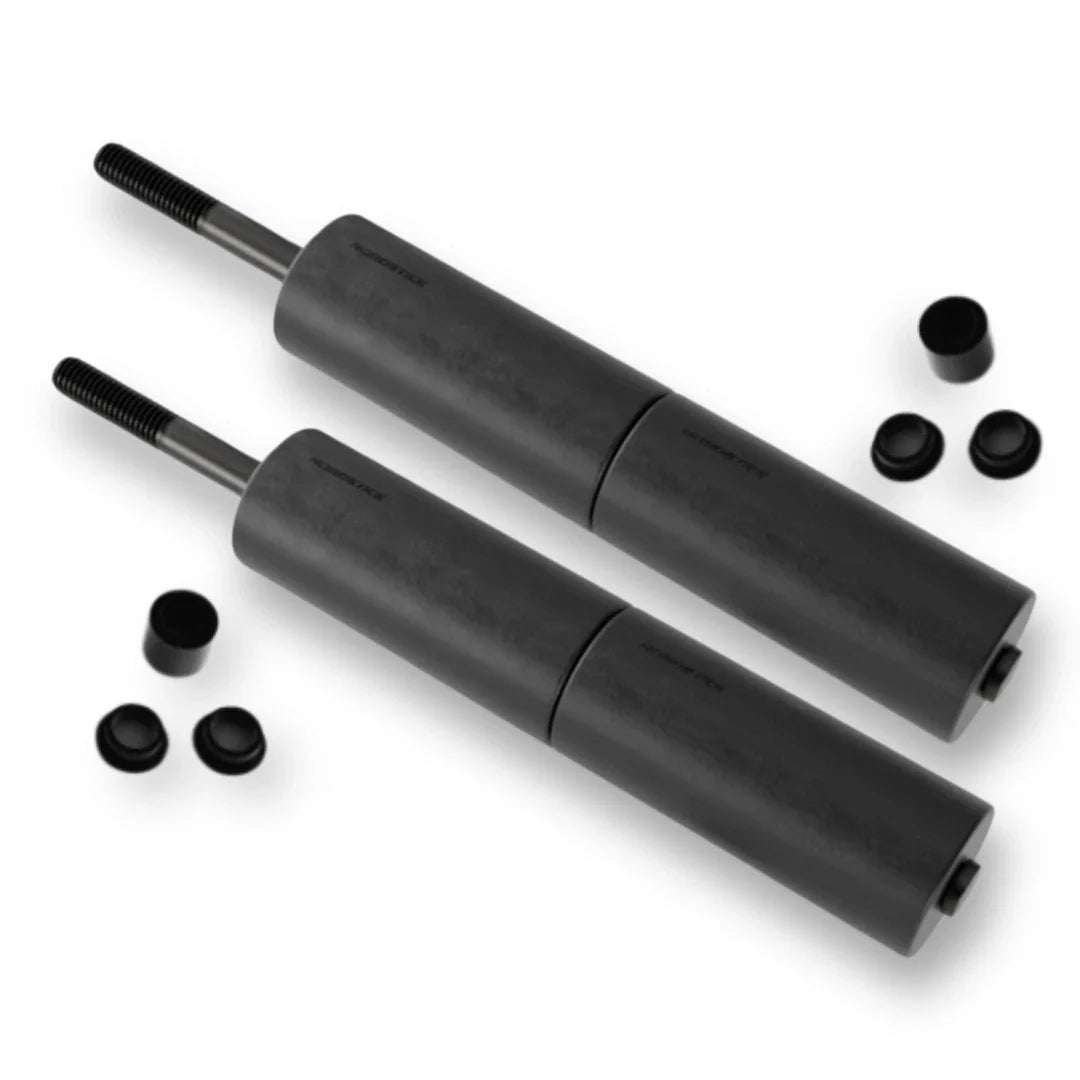
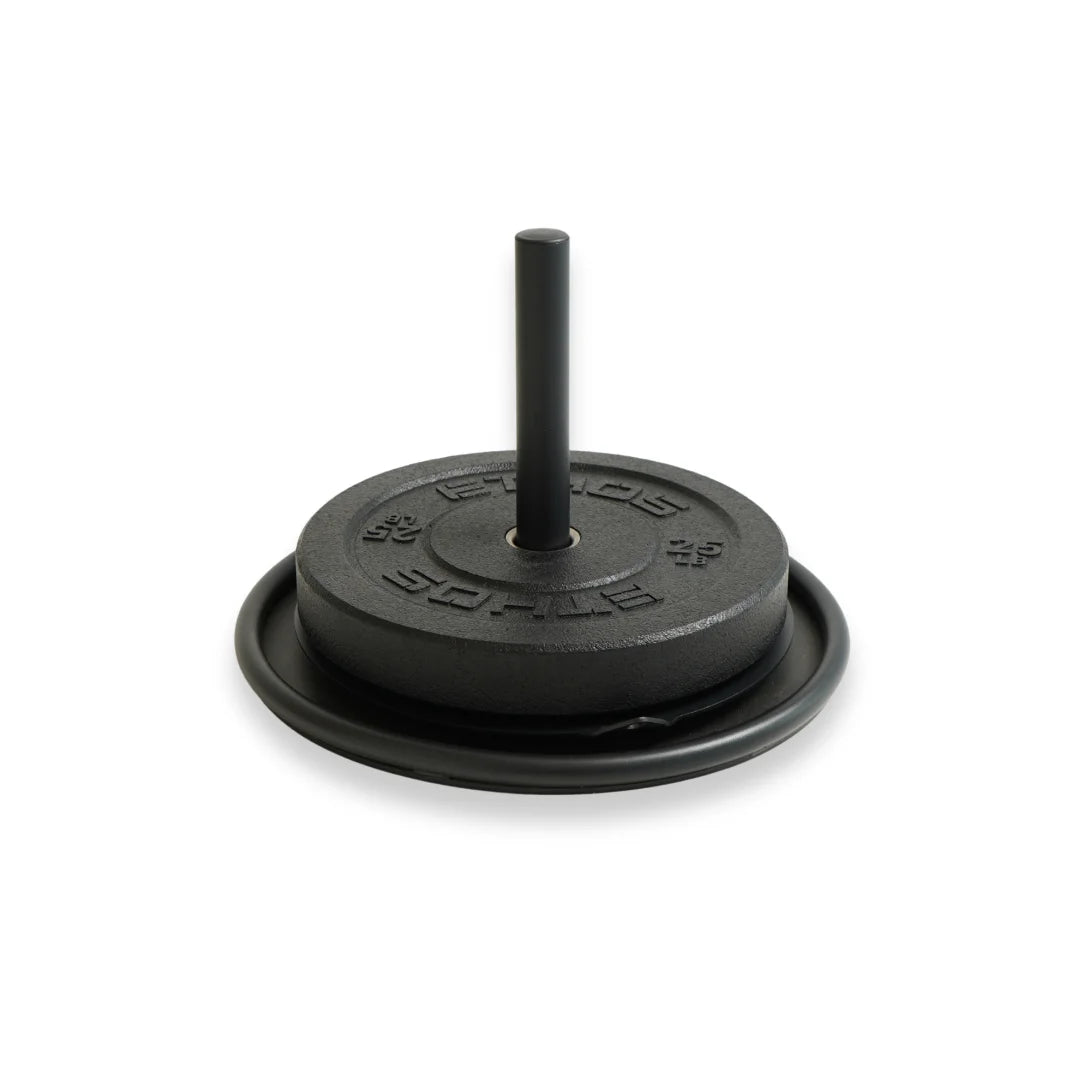
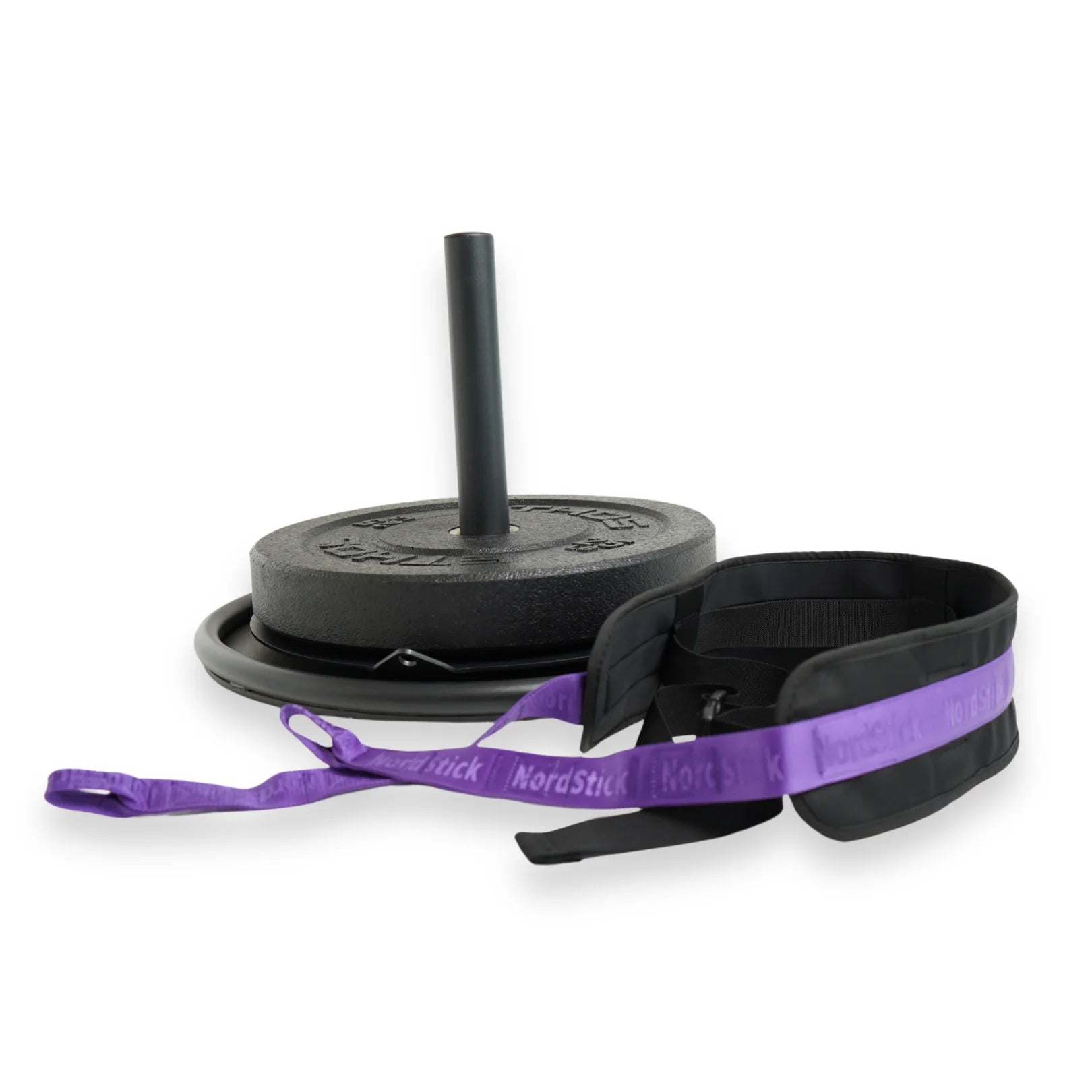
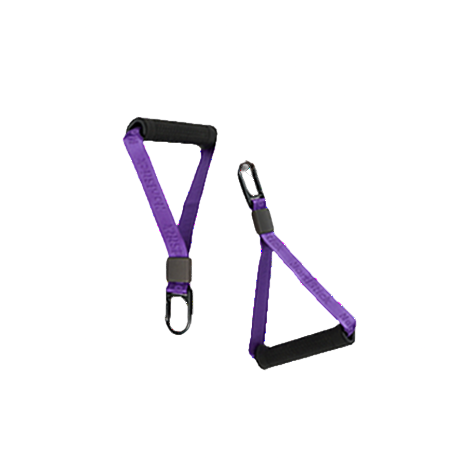
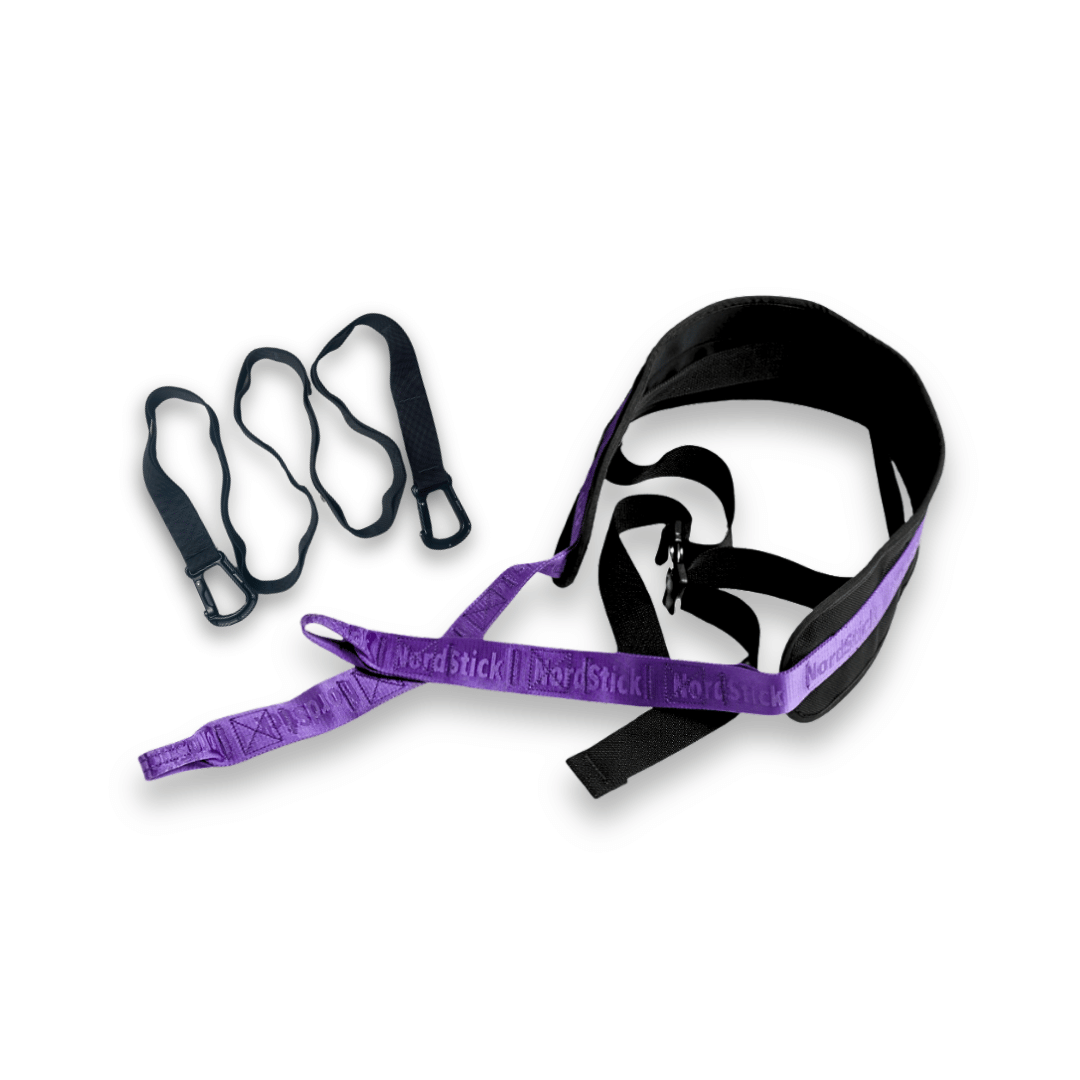
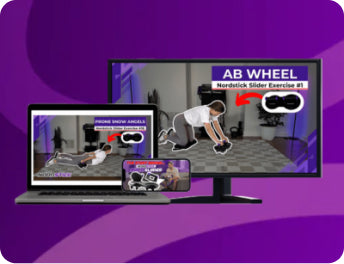


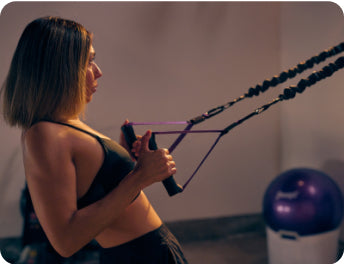


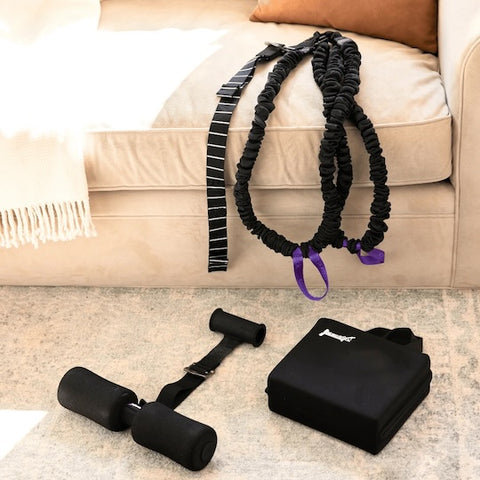

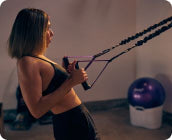
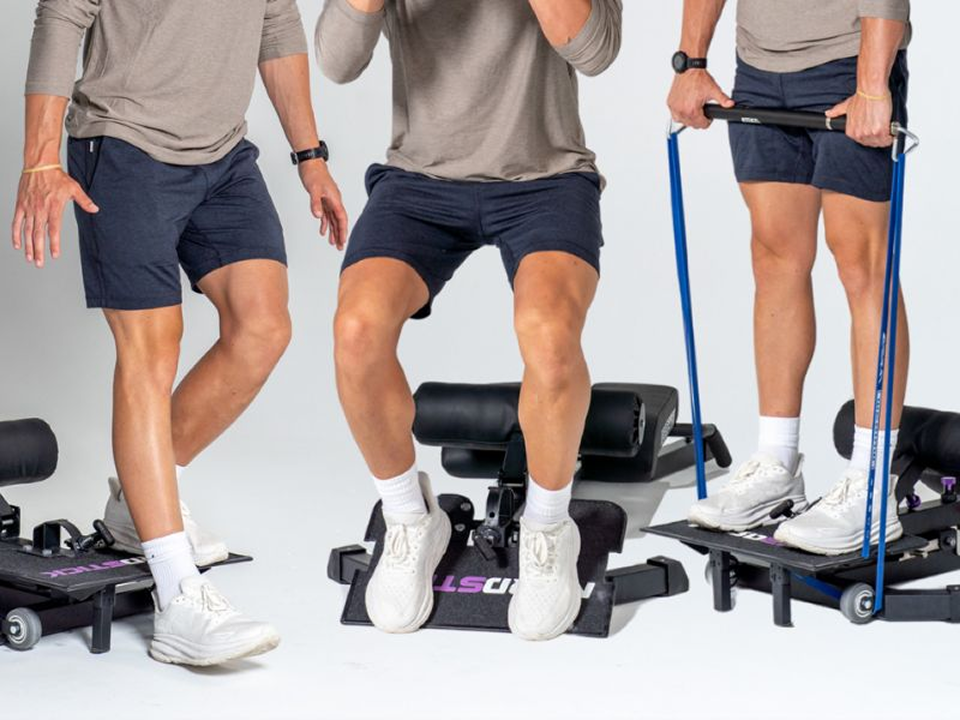
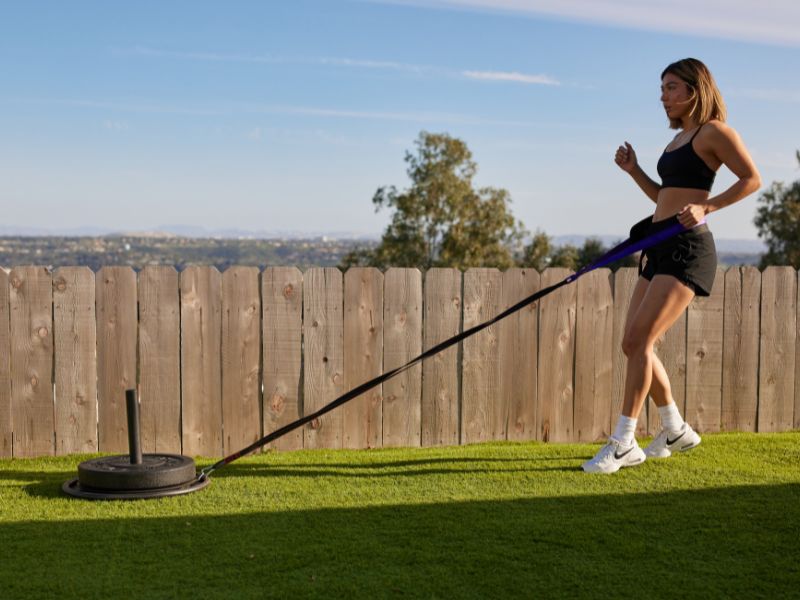


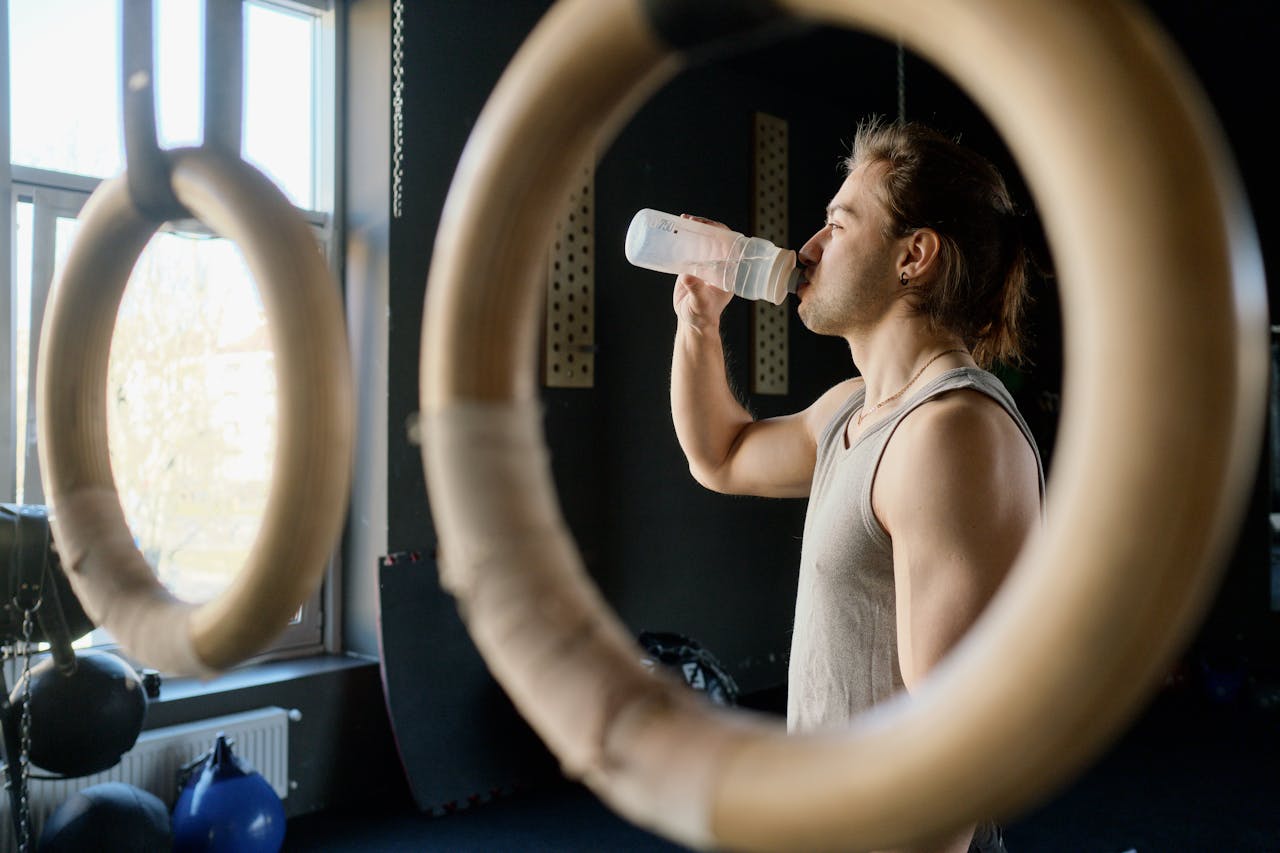
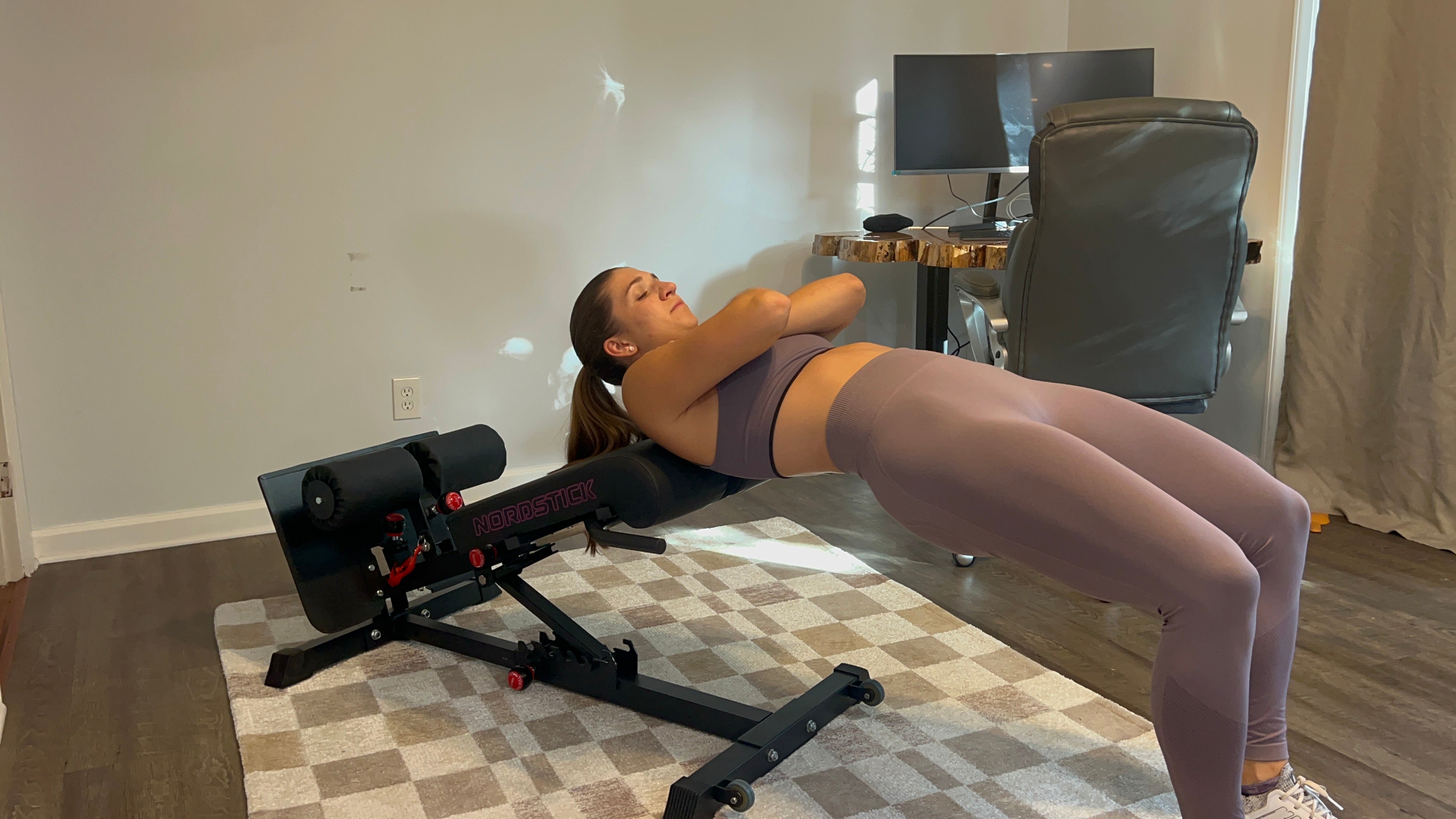



Leave a comment
This site is protected by hCaptcha and the hCaptcha Privacy Policy and Terms of Service apply.